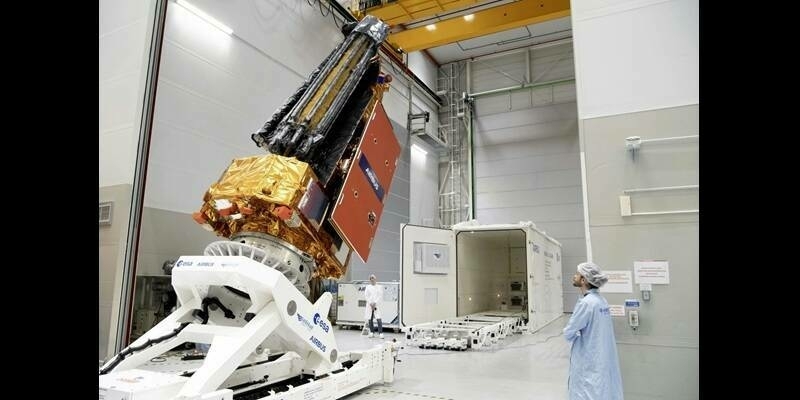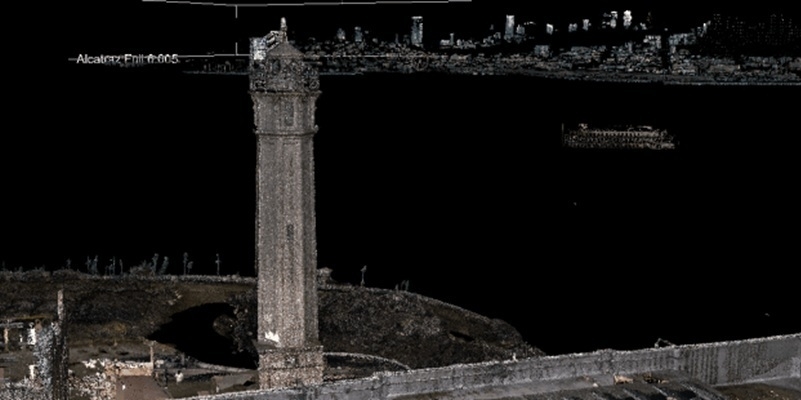Three leading UK Space organisations, Surrey Satellite Technology Ltd (SSTL), the University of Oxford and the Surrey Space Centre (SSC), have been awarded National Space Technology Programme (NSTP) funding to develop a novel self-aligning deployable space telescope, designed for sub 1 metre ground sample imaging requirements in a small launch volume spacecraft.
With funding from the Centre for Earth Observation Instrumentation (CEOI) SSTL has already been working with the SSC to develop a telescopic deployable structure and has also worked with the Dynamic Optics and Photonics Group at the University of Oxford on an autonomous system to align the telescope on the ground for improved accuracy and efficiency. The NSTP funding will see these projects progress to the build and test of a working demonstrator telescope designed to release from its stowed launch configuration, deploy to its full length, and then autonomously align ready for in-orbit image acquisition.
The multi-billion dollar Earth observation applications market continues to demand improvements in spatial and temporal resolution which requires both bigger apertures and more satellites. The aim of the Deployable Space Telescope project is to develop a telescope that addresses the market needs for better than 1 metre ground sample distance (GSD) imager in a small launch volume, typically achieving a one third reduction in imager length and volume. Due to the physics of optics there is a direct relationship between the physical size of the optical system and the resolution that can be achieved. Utilising a Cassegrain type telescope improves the resolutions achievable for imagery acquired by satellites in Low Earth Orbit but still has size and mass limitations, as the structure requires a large amount of volume between the primary mirror and secondary mirror. With launch costs priced according to both volume and mass, the aim of the Deployable Space Telescope project is reduce the volume of the imager by holding the secondary mirror in a stowed configuration near the primary mirror for launch, and then deploying it once in orbit. Fine alignment will then be required to achieve maximum image quality. By reducing the overall volume of the spacecraft, this system will allow many identical satellites to be launched into a constellation from a single launch vehicle, providing a low-cost solution to rapid-revisit, high resolution imaging requirements. The design is fully scalable and SSTL aims to develop a larger version which will offer a higher ground sample imaging resolution.
SSTL has already demonstrated low cost 1 metre resolution imagery from its CARBONITE-2 satellite, launched in 2018, and the new Deployable Space Telescope solution will provide the opportunity to build on this capability with a smaller and lighter form-factor imager.
SSC has also pioneered and led cost effective space missions including Inflatesail which was launched in 2017, and RemoveDEBRIS which launched in 2018.
Subscribe to our newsletter
Stay updated on the latest technology, innovation product arrivals and exciting offers to your inbox.
Newsletter

